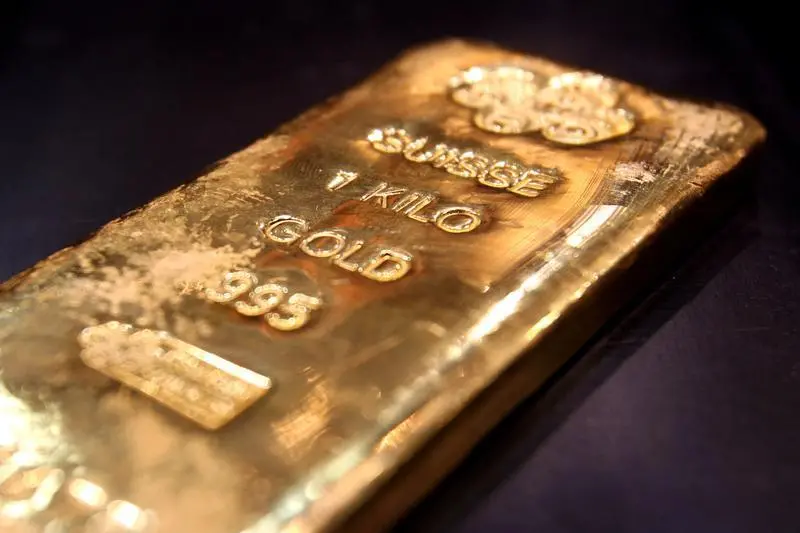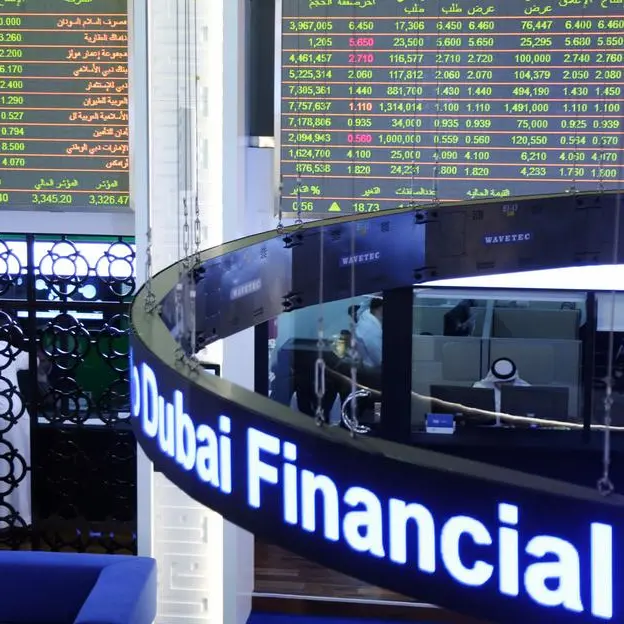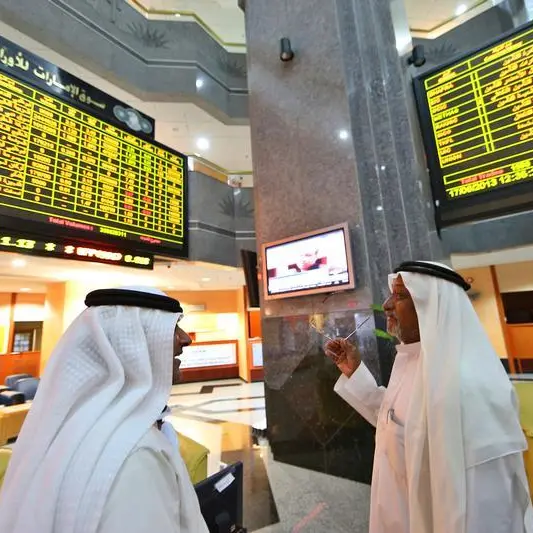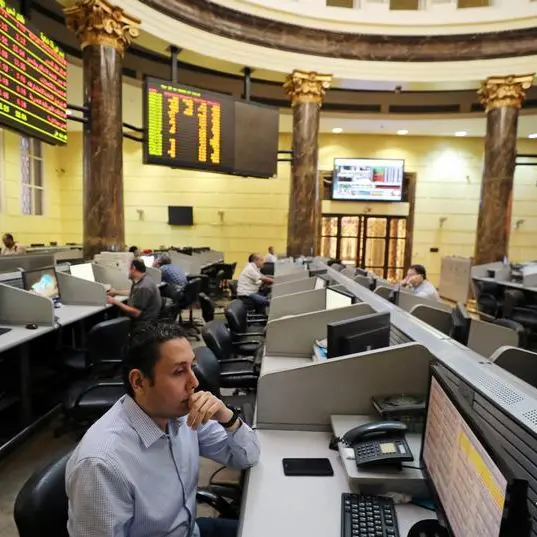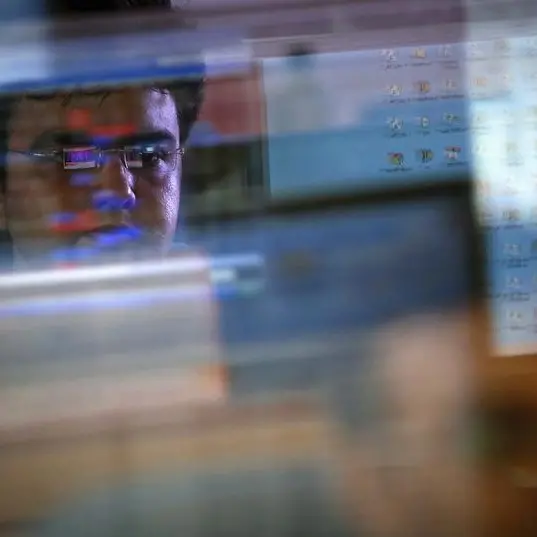PHOTO
In times of crisis and economic turmoil, investors flock to safe havens. The coronavirus disease (COVID-19) pandemic is no different. In early Monday’s Asian trading session, gold beat its previous record high in 2011, when it had reached $1,921.17. By mid-morning European time, it traded at $1,929.60 per ounce.
The shiny metal trades some 30 percent higher than it did during its lows in March. At the beginning of the pandemic, gold temporarily fell below $1,480 per ounce as investors needed liquidity to cover their losses. This affected the exchange-traded funds. The fact that access to the physical commodity was severely restricted by the lockdown did not help the price either. At the onset of the pandemic and before the massive equity rally kicked in, the S&P 500 fell by some 34 percent, which was reflected across the band in major stock markets. Even the Shanghai composite fell by around 26 percent during that time frame. This goes a long way to explain the need for liquidity.
Since then though, gold has rallied. Equity markets have rallied too, and the VIX — the index designed to measure volatility — soared at times. Interest rates are at all-time lows, which means that investors seeking safety in government bonds are rewarded with very low to negative returns. The Federal Reserve’s Federal Open Market Committee is widely expected to leave interest rates near zero when it meets later this week. When returns are low or even negative, investors do not worry so much about the precious metal’s zero returns, especially when it preserves its value.
Gold is also supported by the US dollar weakness. Bloomberg’s US dollar index lost between 8 and 9 percent since the currency hit its high in mid-March. The dollar weakness goes hand in hand with rising geopolitical tensions between the US and China and the apparent inability to get the virus under control in the US. At the onset of the crisis, the dollar performed well, because the 10-year treasury was considered the ultimate instrument to preserve wealth amid market turbulences.
The dollar weakness is certainly one of the drivers behind the appetite for gold. It also brightened the outlook for the euro, the Swiss franc and the yen, the latter two representing the ultimate safe haven currencies. A falling dollar also brightens the outlook for selected emerging market currencies. However, the green backs’ slide also affects currencies which are pegged to the dollar, such as in the Gulf Cooperation Council.
Over the last few months, the smart money has been attracted by gold’s luster. Many investors fear corrections in the equity markets after their impressive rally. According to Invesco, sovereign wealth funds have been shifting away from stocks in favor of private equity, infrastructure investments and gold. Central banks too are attracted by the shiny metal as a means to reduce exposure to $14 trillion in global debt. According to Invesco, 18 percent of central banks and 23 percent of sovereign wealth funds intend to further increase their exposure to gold.
This makes sense because the huge stimulus packages may well result in inflation in the medium to long term. In the short term, massive stimulus packages are needed, and demand will not outstrip supply because it is kept in check by the virus and recurring lockdowns as well as travel restrictions. In the long term, however, the liquidity provided by governments and central banks may chase fewer goods when the pandemic hits productive capacity, which could lead to inflation.
For now, while geopolitical tensions persist and the fear of a second wave of the pandemic is real, gold is bound to shine bright.
• Cornelia Meyer is a business consultant, macro-economist and energy expert. Twitter: @MeyerResources
Copyright: Arab News © 2020 All rights reserved. Provided by SyndiGate Media Inc. (Syndigate.info).
